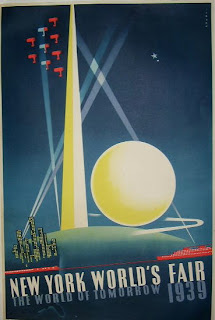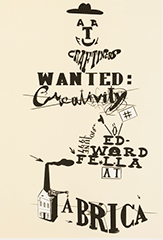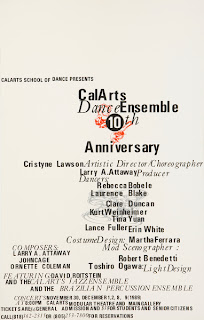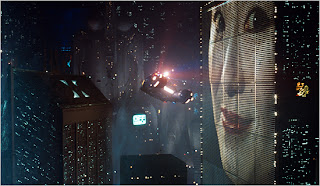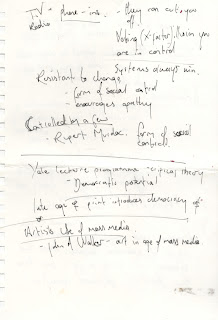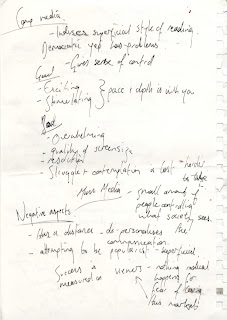Choosing a particular period from the 1800’s to the present, in what ways has art and design responded to the changing social and cultural forces of that period?
This is an analysis looking looking at the ways in which American Art Deco design of the 1920’s to the late 1930’s responded to the social and economical effects of the Great Depression, and how it changed prior to this.
The term ‘Art Deco’ is generally used to describe the majority of art and design production throughout the 1920’s and 30’s. To begin with, it was a social reaction to the great poverty of the First World War, promoting a lifestyle of opulence and luxury so that spirits would stay high. The public were constantly buying- and with prosperity. America had become the richest nation on Earth. The term Art Deco connotes romanticism and decadence, traits usually rejected by the modernist movement. Ironically, it seems that after The Great Depression whilst Art Deco still existed, its general ideas and design shifted in a somewhat more modernist direction.
The image to the left is a Sheet music cover for Sigmund Romberg’s ‘The Desert Song’. The design has been obtained from the book ‘New York Art Deco’, however unfortunately the designer is unknown. I do not think the piece entirely conforms to the general definition of Art Deco design. The piece consists mainly of curved lines, closer to the naturalistic style of ‘Art Nouveau’ than the later more modernist Art Deco style. The use of curved lines also reinforces the strong Art Deco approach to the design. The is because the mood before The Great Depression was much more glamorous. Like a dream, the curved lines connote optimism and reflect the state of the economy at that time. There is a strong use of sans serif front, along with bold direction within the frame- both of which are main features of Art Deco design. It is clear that this design has incorporated ideas of Art Deco, however, other aspects of design have also been introduced. For example, it is a heavily illustrated piece, unusual for an Art Deco design. The illustrated image is not quite perfectly filled, and the use of different weight of line means that together a rough finish is formed, these two aspects go exactly against Art Deco design, which uses clean edges and full, bold colour. There is a heavy North African influence in this piece, which makes sense given its’ content. The prevailing colour yellow signifies sand and ‘the desert’. It is clear that the typeface sued has this North African influence because of its harsh contrast between heaviness and sharp points, giving it an almost Arabian look inspired by the shape of a ‘saif’ (Arabian sword). Form does not follow function within this piece. The typefaces used are more decorative, reflecting the general theme within this book, rather than using a wholly readable font- an aspect of modernism that this design has not adopted, following a more ‘pure’ form of Art Deco. In October 1929 The Stock Market Crash took place, which subsequently led to The Great Depression. The Great Depression was not just confined to the U.S, it had global, catastrophic effects. This led to many Europeans moving to America, bringing their own influences with them. These influences were already heavily rooted with modernist design. For example the Bauhaus had essentially been and gone. The spread of fascism from Hitler also forced people to leave for somewhere more accepting- America. So, new designers with new ideas, coupled with the current economic sate (post The Great Depression) would logically mean a shift in existing movements- Art Deco.
This book over was designed by John Vassos for ‘Ultimo’ in 1930 by Alastair Duncan, in ‘American Art Deco’. The cover, in relation to the sheet music cover is a totally different style, yet still regarded as Art Deco design. The colours used are bold and strong, and in contrast, the piece is made up of entirely straight edges, giving it the modernist aesthetic. It is hard to tell from all the copies of this design whether the colours are supposed to look rough. Given the general look of the piece and relating back to the rules of Art Deco, it makes sense that it is supposed to be block and filled-in so that it looks bold and sleek. The use of colour grid signifies once again that feeling of opulence and positivity the Art Deco design of the 1920’s once revolved around; however, the harsh edges used give a more serious finish to the design, one that portrays the severe effects a year after The Great Depression began. A much more structured, geometric rule is followed in this design; it is not as free as the sheet music cover design. This reflects the way people within the American society felt trapped, as if there was nothing they could do to change what was happening. Yet there was also a positive side to this. The regimented nature of the design meant that there could be more focus on direction; for example, this design uses different weights of line. However, because these shapes are much more disciplined it creates a look of movement, reflecting societies mindset of modernity at that time, injecting a positive aspect to the current, dark times. The Great Depression brought more forward thinking because of the disastrous state of the present. Focusing of the modernist idea of ‘truth’, the American people knew what shape their country was in, yet still wanted to focus on what they thought was to be a positive future.
During his short time in America the designer Fortunato Depero states in ‘American modernist Graphic Design 1920 to 1960’, that for him, New York was ‘the exhalting discovery of the reality of a modern metropolis…pestering, tumultuous, conflictual, glittering and spectacular, but also also stressful, tragic, as a plunge into a conditioning and crushing machine’. For some time after the Stock Market Crash things were confusing, the economy was affecting people on a global scale; times were hard, yet people still wanted to stay positive. Designers found much inspiration from New York living, as it was here where everything was happening. There was an embrace for art and culture; the economy was in a bad way; people were homeless, unemployed; and there had been also been a lot of European influences throughout this time, which made for an interesting mix of ideals and styles. For example, the Austrian- born graphic designer Joseph Binder emigrated to America in 1934. Here he entered many poster competitions and won, one of these entries was the poster to the left for the ‘New York World’s Fair’. Roger Remington states in ‘American Modernism’ that ‘it is largely effective because of its’ directness and simplicity’. For a wide audience to understand and appreciate something it has to work, and quickly. Stripping away the decorative aspect of Art Deco and just being left with a stylistic look allows more room for communication.
According to Remington, Binders’ work focuses on the ‘reduction of geometric forms and colour contrasts’. These are the aspects that optimise visual communication, a stripped down approach to design. The lines of light used create direction within the frame, the majority of which coming from New York City, highlighting that it is prosperous- hinting slightly at their prosperity, whist still focusing on the world as a whole. The use of light and direction is a trait commonly used within Art Deco design, however, it is usually put across in a more curved way. The mass of navy within the frame pushes the small amount of yellow and white forward for the viewer to see clearly what the poster is about. A simple sans serif font is used, which aids its’ readability. This poster is clear and concise, the main attributes to a modernist deign. The Worlds’ Fair in itself was about celebrating modernism, forward looking and positivity. Much like after the War, people needed something to keep spirits high, and this was the opportune moment.
So, it seems that society responded to The Great Depression by evolving Art Deco design into something (arguably) more meaningful. Focusing more on the delivery of a message than decorating it in a less structured way. Yet the design still set to influence people into thinking of the future and the possibilities it held rather than the present, which has always had modernist ideals within its’ designs. Visually, Art Deco design prior to The Great Depression was more about outlandish designs, with curved lines and being lightheartedly positive, whereas Art Deco design post The Depression was more about simplicity, encompassing speed and streamlines finishes. Idealistically the design changed coming from a different angle.
- R.Roger Remington., (2003) American Modernism Graphic Design 1920 to 1960. Laurence King Publishing.
- ‘Modernism. An introduction to American Art Deco’ http://www.artsmania.org/wiki/The_Great_Depression
- ‘Advertising Arts: America becomes modern(istic)’. 2004. Stevel Heller. Httpy://www.typotheque.com/articles/advertising_arts_america_becomes_modernistic.
- ‘Graphic Design as Communication’ Malcolm Barnard. Google Books. ‘Modernism and Graphic Design’. http://books.google.co.uk/books?id=TPZNAAB1xqUC&printsec=frontcover&dq=malcolm+barnard&hl=en&ei=xRg-TceeBsiDOqfu96ML&sa=X&oi=book_result&ct=book-thumbnail&resnum=2&ved=0CYQ6wAQv=onepage&g&f=false


